Mühldorf am Inn
West of the city of Mühldorf am Inn, Bavaria, the Germans began in May 1944 to build a giant factory plant for manufacturing engines and parts for the new jet aircraft Messerschmitt 262. This was a time when the German war industry was hit immensely by the allied aerial bombardments and a time when the war began to deteriorate. One way to protect their war-producing factories was to build them inside mountains or, as in Mühldorf, build huge facilities so well protected that it could withstand bombings.
The factory was called Weingut I and consisted of a huge vault building, about 400 meters long and about 85 meters wide and partly underground. The facility and its slave workers was subordinated to Dachau and it was also from there that the slave workers came from. In addition to the factory facility a prison camp called Mettenheim was also set up where prisoners were housed. Several smaller prison camps were set up, called Waldlager. About half of the approximately 8,000 prisoners who were forced into slave labor in the factory died. In April 1945, when American troops approached Mühldorf, SS forced the remaining prisoners on Death marches westward, and in early May the americans arrived at the site.
Current status: Demolished with information boards (2018).
Location: 48° 14´34" N, 12° 27´12" E
Get there: Car.
Follow up in books: Kogon, Eugen: The Theory and Practice of Hell: The German Concentration Camps and the System Behind Them (2006).

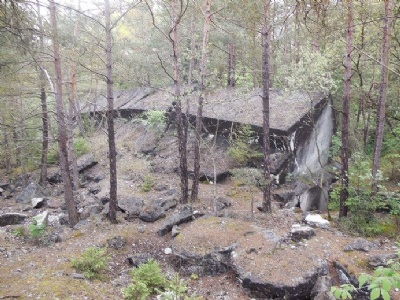
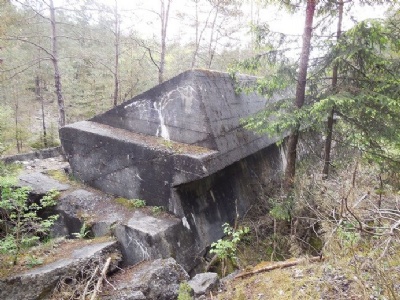


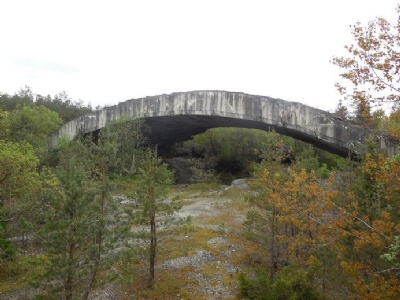


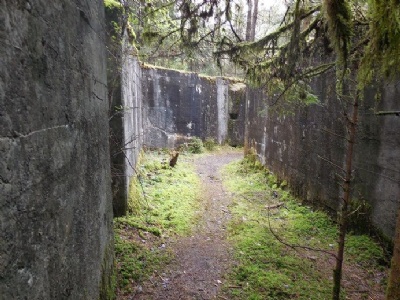
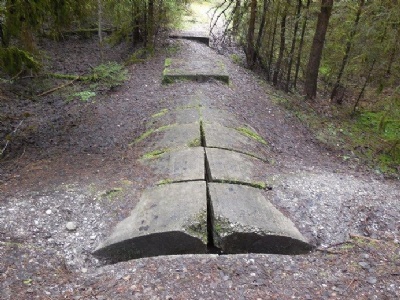
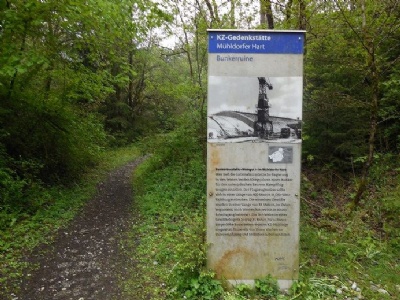




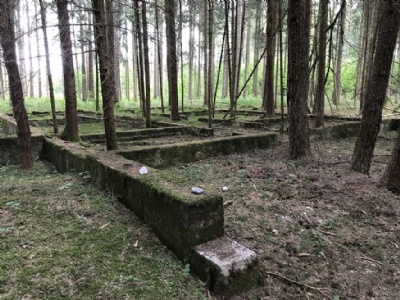


The ruins of the factory are located in the forest and they are undeniably majestic. Most of it are in heavily decay but some of them have not yet collapsed. It is still important to be careful when exploring the area due to cracks and rebar that are everywhere. There are also ruins scattered around the factory itself of buildings that were part of the whole complex. However, it is not always clear what their function was. Although Waldlager is worth a visit, there are also ruins/foundations left after the prison camp and monuments at the mass graves.
The original idea was that Messerschmitt 262 would be a fighter, but Hitler insisted that it should be built as a bomber, but the design of the plane was not adapted for this. Valuable time was thus wasted and the plane never came to have an impact of the war. The plane was still at the time the world’s fastest plane and it was manufactured in about 1400 copies, about ten are preserved, none of them is flightable.